Pacific Willow
Last updated May 24, 2023. All photos by the author.
I think most people are familiar with weeping willows, those majestic specimens seen in parks and yards, with long cascading branches. I read online that these trees likely originated in China and were introduced to Europe in the 1700s.
So I was very surprised when on a walk I observed this yellow-twigged tree and found out that it is a non-weeping native species of willow. And then came more surprise when I learned that we have 20+ native willow species in British Columbia! Worldwide, there are more than 400 species of willow, and many hybrids, so making a 100% positive identification in a park is difficult, however, going by the location I am fairly certain I found Pacific willow trees.
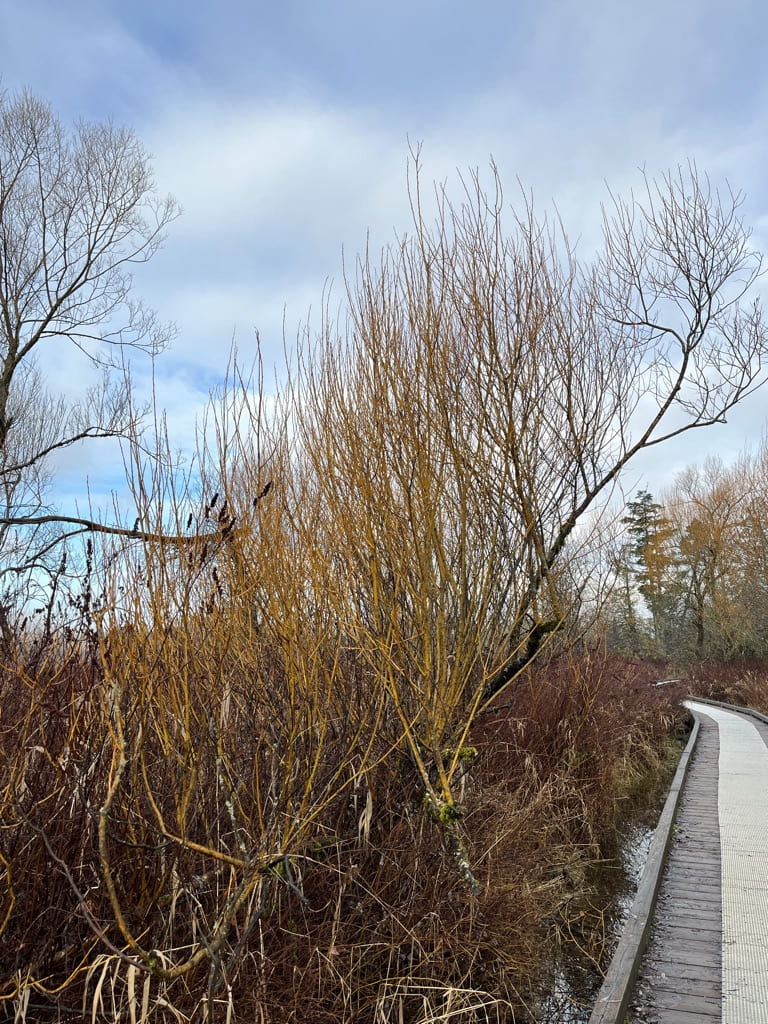
Driving down the highway in winter, I noticed trees that seemed to be glowing, their bright yellow shoots a pleasant distraction from the drab brown and grey of the other deciduous barks around them. What are those? I wondered.
A few weeks later I figured it out while walking near a lake.
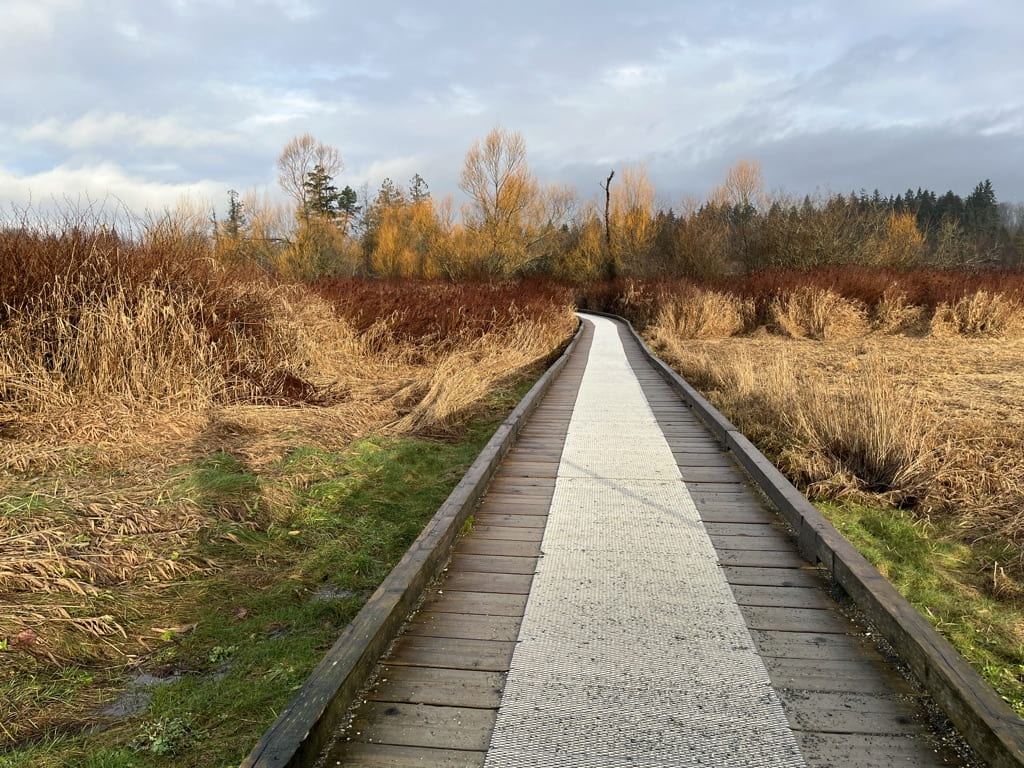

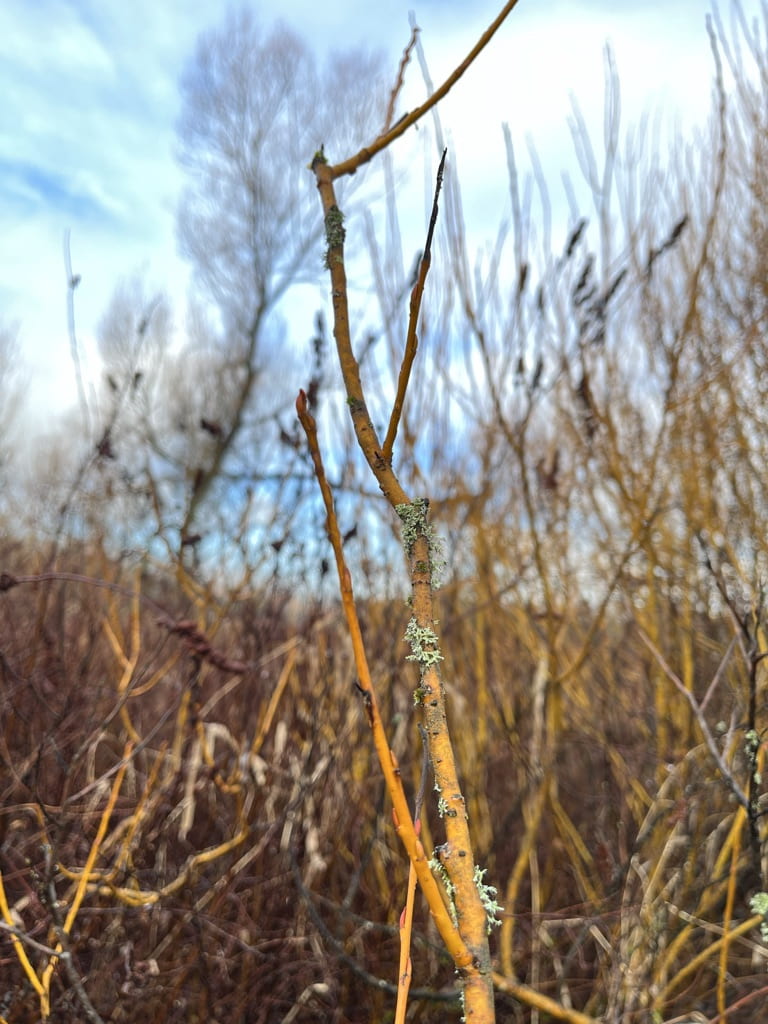
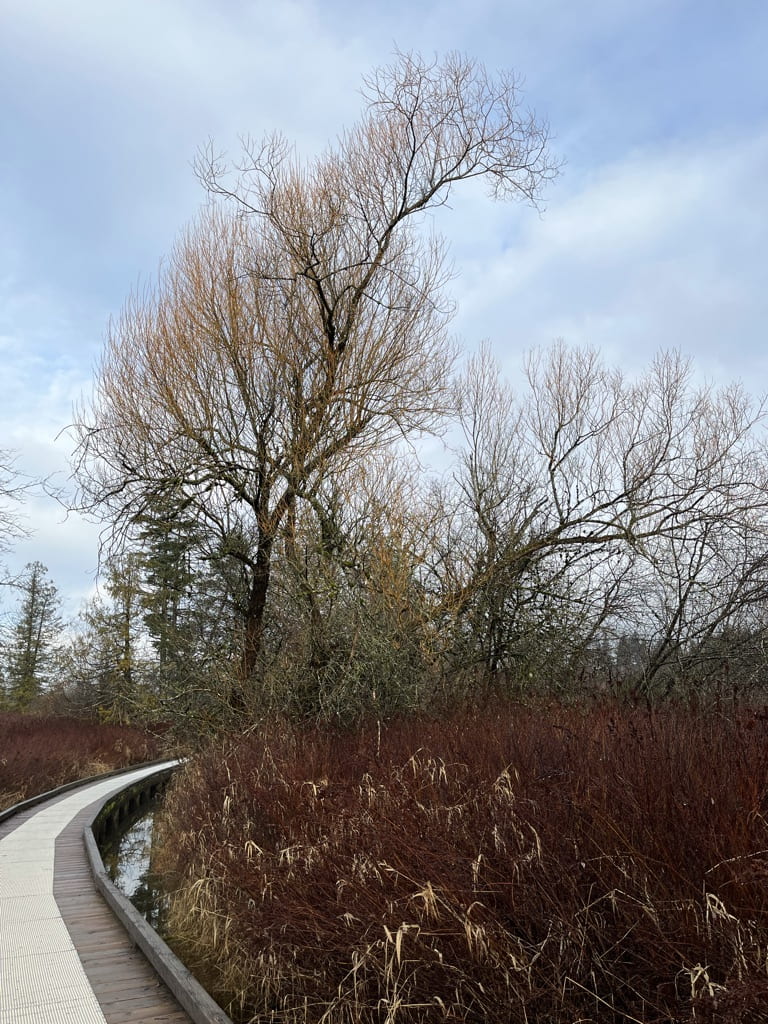

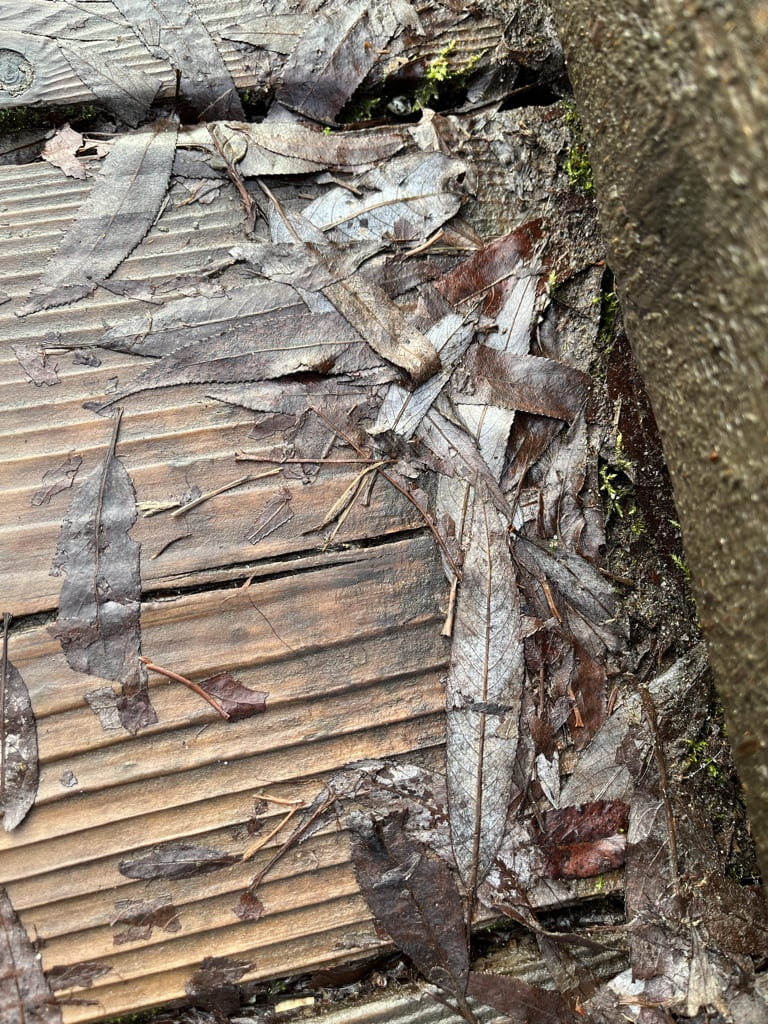
Other native willows you may find include Hooker’s willow, Scouler’s willow, and Sitka willow. The introduced golden weeping willow (Salix x sepulcralis ‘Chrysocoma’) is very commonly planted in parks and yards. This tree grows up to 20 m tall and has descending rather than ascending golden twigs.
____________________________________________________________________________
UPDATE MAY 2023:
This week walking around Deer Lake I notice these interesting growths on the willow trees. I can also now include photos of non-decaying leaves. Notice that the tops of the leaves are shiny and green while the undersides are fuzzy and pale.
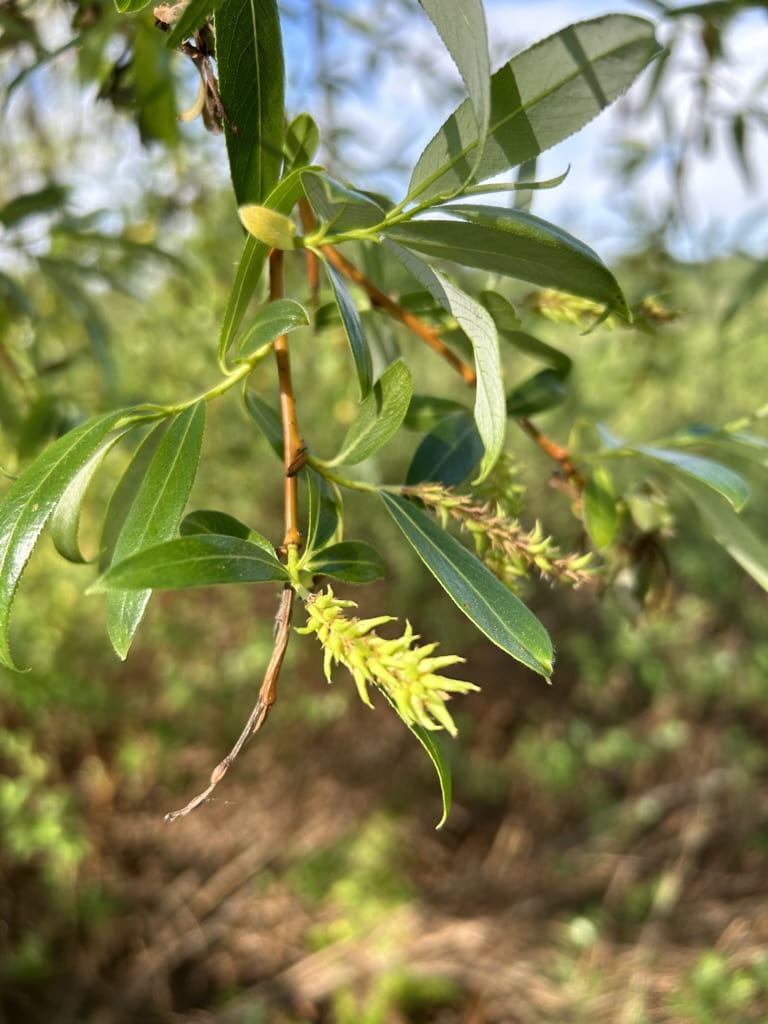

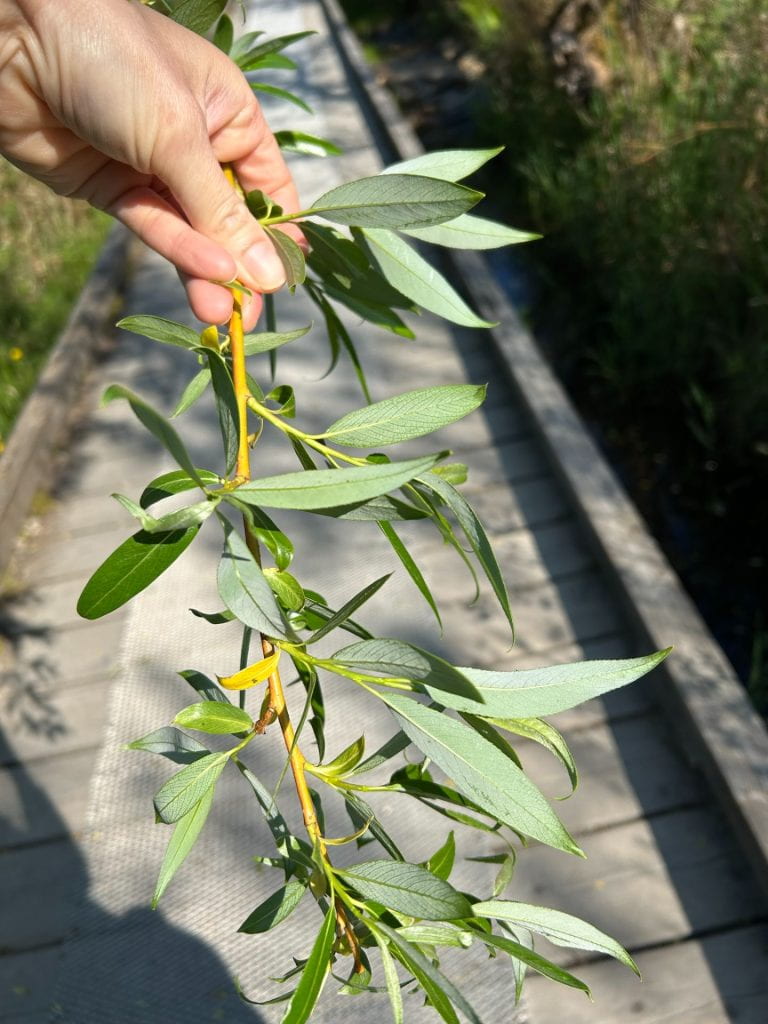


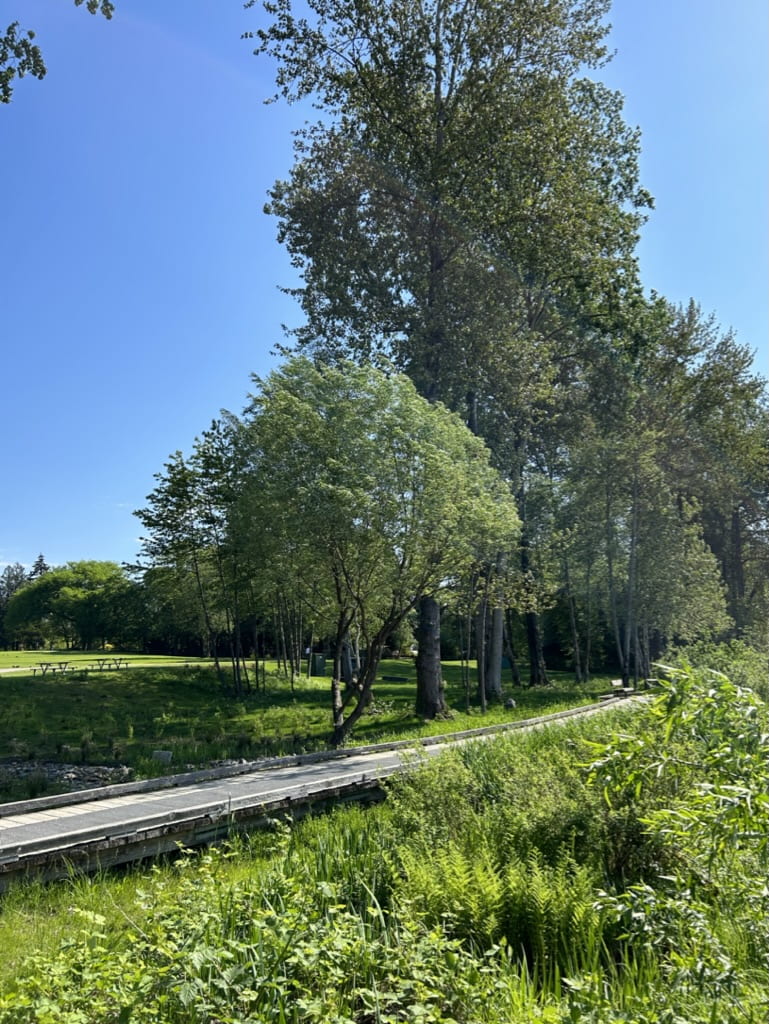
Indigenous People had many uses for willow trees. Some uses: dry twigs could be used as the components in friction fire-starters; the wood could be used for hide-stretchers, barbecue sticks, fish traps, and cleaning teeth; burning wood was used for smoking meat; willow bark was used for weaving and making ropes.
So head outside this week (late May) and look for the interesting fruit on female willow trees. No fruit? Maybe it’s a male tree.
BOOKS I READ:
“Salix lucida spp lasiandra” Vancouver Tree Book: a Living City Field Guide, by David Tracey, Pure Wave Media, 2016, p. 180.
“Salix species (willows), Willow Family (Salicaceae).” Gardening with Native Plants of the Pacific Northwest Third Edition, by Arthur R. Kruckeberg and Linda Chalker-Scott, Greystone Books, 2019, pp. 93-94.
“Willow.” Luschiim’s Plants a Hul’q’umi’num’ (Cowichan) Ethnobotany, by Luschiim Arvid Charlie and Nancy J. Turner, Harbour Publishing, Madeira Park, British Columbia, 2021, pp. 118-119.
“Willows.” Plant Technology of First Peoples in British Columbia, by Nancy J. Turner, Royal British Columbia Museum, 2019, pp. 198-202.